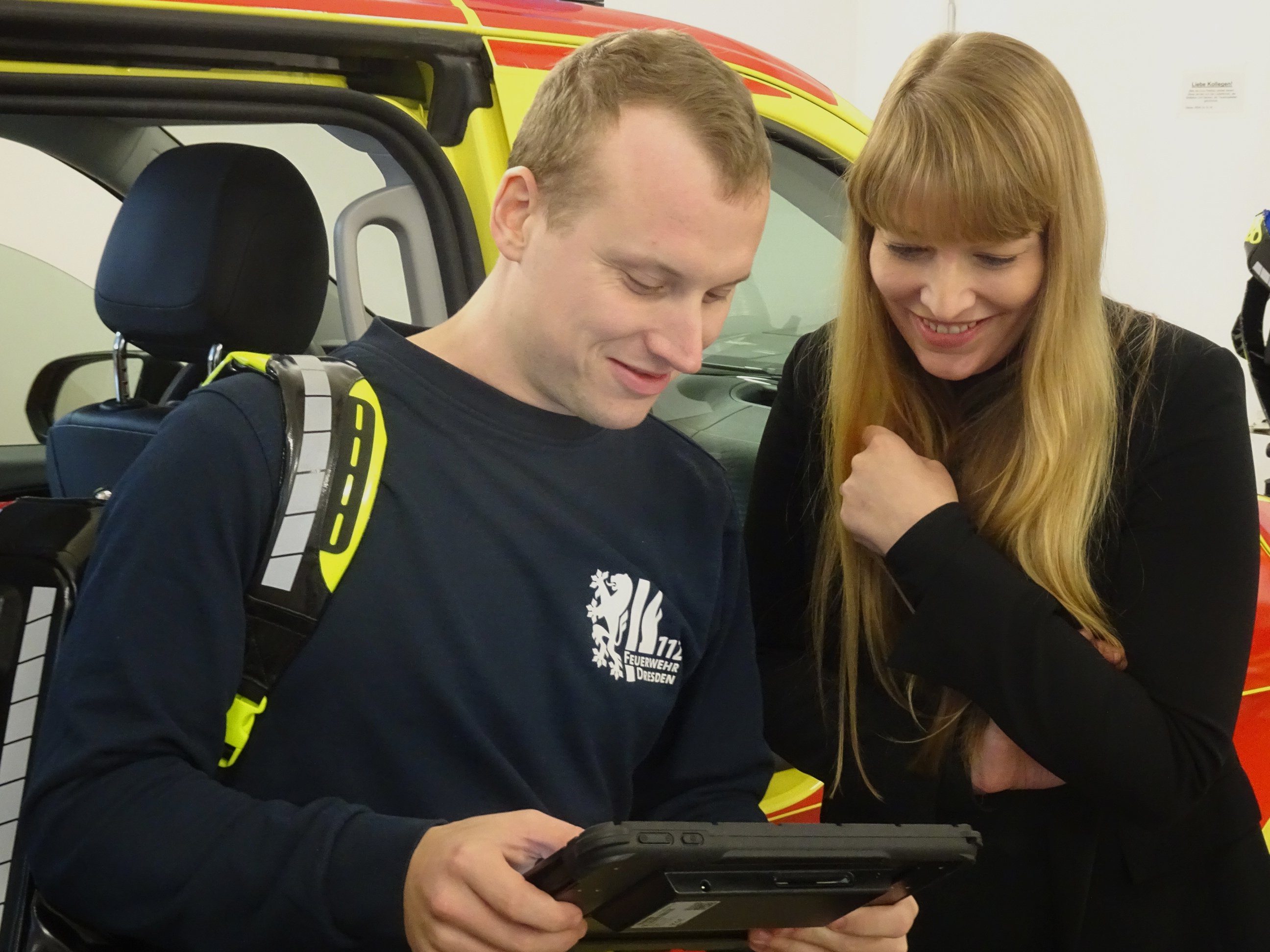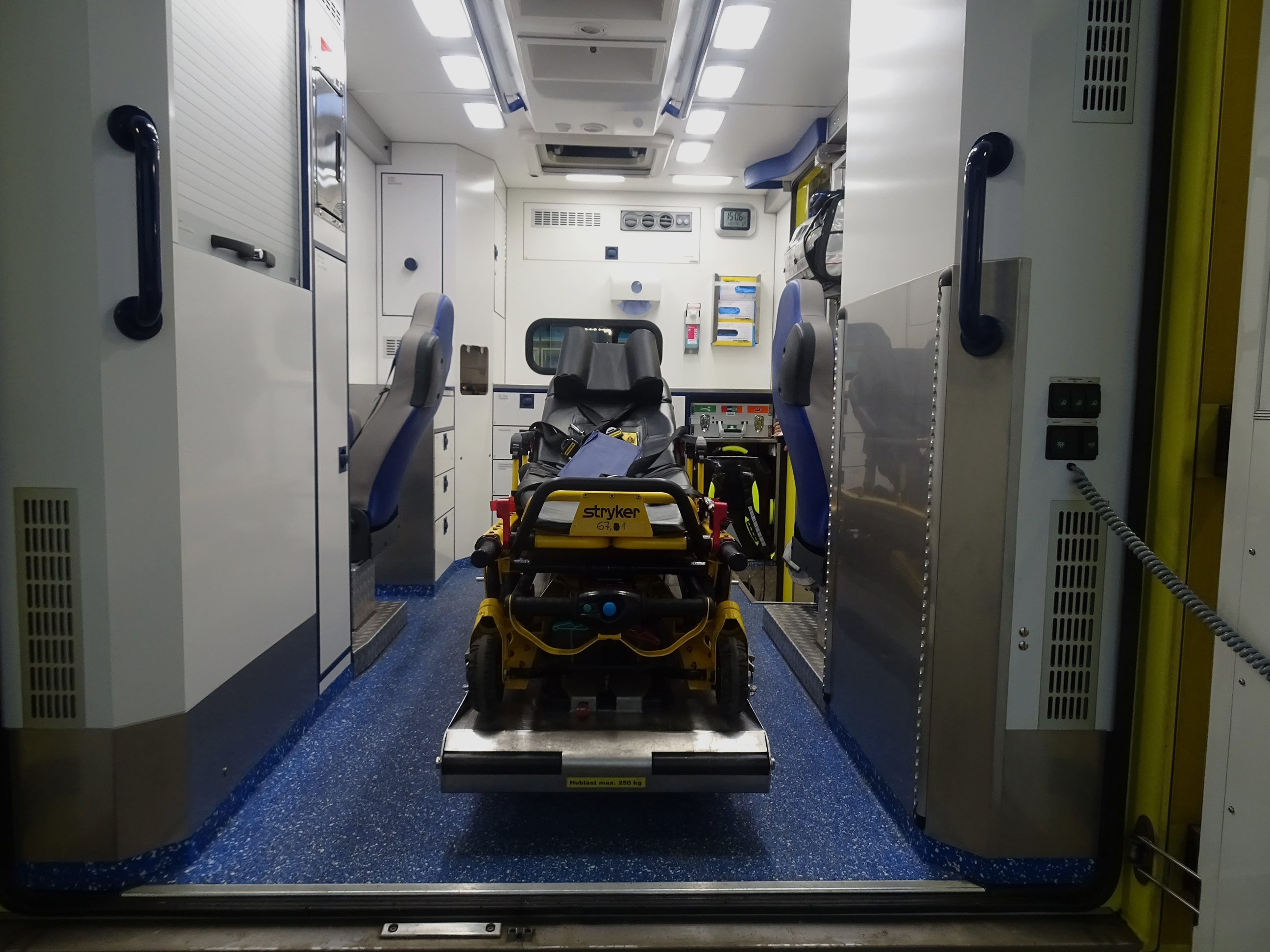Leaders´& Organizational Resilience
Resilience of leaders & organizations
The COVID-19 pandemic, the war in Ukraine, the conflict in Gaza and the worsening climate crisis are just a few examples of current crises with a global impact. Even if most of these crises do not directly affect organizations, they are often indirectly affected by the ramifications of these events, e.g. in the form of rising prices (Foerster et al., 2022).
Apart from these omnipresent crises, highly dynamic economic conditions have fundamentally changed the world of work in last decades (e.g. Luthans & Youssef, 2007; Maddi, 2013; Mohr & Wolfram, 2010). Thus, dealing with unexpected events has now become a fundamental challenge in everyday organizational life (Linnenluecke, 2017).
Therefore, both researchers and practitioners are interested in how organizations and their members can effectively deal with uncertainty and become more resilient.
Basically, resilience can be defined as the ability to emerge from adversity stronger and with more resources (Harland et al., 2005; Sutcliffe und Vogus 2003). This also includes the ability to turn challenges into opportunities and to grow from them (e.g. Harland et al., 2005).
This resilience definition also implies that we cannot make any statements about resilience without the existence of adversity (e.g. crises, changes, disasters). Even though we can examine and promote resilience independently of such adversities, we than need to speak of a resilience potential.

Organizational resilience can be defined as the ability of an organization to anticipate, cope with, learn from and adapt to adversity (e.g. Duchek, 2020; Hepfer & Lawrence, 2022).
As we know from research, resilience is a multi-level construct (e.g. Hartmann et al. 2020; Williams et al., 2017) in which the different levels, i.e. the individual, team and organizational levels, are strongly interlinked. Moreover, iindividual resources are particularly important for the development of organizational resilience (e.g. Lengnick-Hall et al. 2011). Employees and their individual resilience are the foundation of a resilient organization, whereby resilience can spread across the various levels of the organization as if through a process of social contagion (e.g. Branicki et al. 2016; Dawkins et al., 2015; Lengnick-Hall et al. 2011; van der Vegt et al., 2015).
However, it is also important to note that organizational resilience is by no means just the additive composition of individual skills and that the development of individual resilience capacities does not automatically lead to resilient organizations (Ashmos & Huber, 1987; van der Vegt et al., 2015: 977). Just as a resilient team does not automatically consist of resilient team members (Alliger et al., 2015; Branicki et al. 2016), resilient employees do not automatically lead to resilient organizations. To build organizational resilience, further mechanisms at the organizational level are required, such as decision-making processes that promote resilience.
Furthermore, leaders also play an important role for the resilience of organizations. From previous research, we know that leaders as key decision makers (e.g., Wu et al., 2021) play a crucial role in coping with adversity and crises in organizations (e.g., Hannah et al., 2009; Pearson & Clair, 1998; Teo et al., 2017; Wu et al., 2021).
Leaders have to deal with numerous challenges, from the changing conditions in the workplace to the many crises facing today's society. As a result of these conditions, leaders are under increasing pressure and face high levels of stress, which can easily lead to mental and physical illnesses such as burnout or cardiac arrhythmia.
Leaders’ resilience in this context can be defined as the leaders’ ability to effectively deal with critical situations, challenges and crises and to grow from them (Foerster & Duchek, 2022).
However, this definition still provides little insight into how the leaders’ resilience can be developed. Considering leaders’ resilience as process (e.g. Fletcher & Sarkar, 2013; Kossek & Perrigino, 2016) this implies that the leaders’ resilience depends not only on individual characteristics (i.e. characteristics and skills), but also on environmental characteristics (i.e. factors relating to the private environment and the working environment). Embedded in the organizational and professional context, the interplay of individual and situational factors leads to resilient behavior, whereby experience as an interplay of both types of factors strengthens leaders' resilience over the course of their lives (e.g., Duchek et al., 2022; Foerster & Duchek, 2017; Foerster & Duchek, 2022; Foerster et al., 2022).
Given the importance of leaders’ resilience for both leaders and their employees, as well as their teams and organizations, leaders must not only be resilient, but also lead in a resilient way.
Füreder, N., & Förster, C. (2024). In the eye of the storm: Hospital leaders’ resilience during the COVID-19 pandemic. Health Care Management Review, 49(2), 139-147
Foerster, C. & Duchek, S. (2019). Auf dem Weg zur resilienten Führungskraft. Vorbereiten – Reagieren – Anpassen. Personalführung, 04/2019
Foerster, C. & Duchek, S. (2018). Resilienz von Führungskräften. Schlüsselfaktor für den langfristigen Erfolg von Unternehmen. Der Betriebswirt, 03/2018



Healthcare organizations have been under massive pressure for years, in particular when it comes to ensuring the quality and safety of healthcare in the face of changing environments and conditions.
In this sense, despite many efforts in recent years, some profound structural problems (e.g. staff shortages, lack of digitalization and networking) have emerged. In addition, healthcare organizations must also be able to cope with a number of different crisis situations (e.g. mass accidents, pandemic management, resource shortages), some of which require completely different strategies and approaches (Foerster & Füreder, 2021; Foerster et al., 2022).
In the Covid-19 pandemic, for example, COVID-19 patients had to be treated at the beginning of the pandemic despite limited medical knowledge, diagnoses had to be made despite a lack of testing options and staff and patients had to be protected despite a lack of protective equipment. Additional care units for infected people had to be created virtually overnight without putting other patients at a disadvantage. Consequently, instructions and processes had to be adapted to the dynamics of the pandemic and the rapid increase in knowledge (Fuereder & Foerster, 2021).
In view of the diverse crises in the healthcare sector and the social importance of these organizations as part of the critical infrastructure, the significance of resilience in the healthcare sector is becoming increasingly important. However, even before the outbreak of the Covid-19 pandemic and in view of the many challenges in everyday working life (e.g. dealing with pain and death, sight system, increasing scarcity of resources), healthcare organizations and their members already had an extraordinarily high need for resilience (z. B. Kossek & Perrigino, 2016; Foerster et al., 2022).
Digital technologies can support healthcare organizations in overcoming the many challenges they face. Digital technologies can contribute to both the stabilization and development of robust processes, increase the quality of care and offer the opportunity to adapt quickly and flexibly to new circumstances. However, as digital technologies also create risks, healthcare organizations must deal with these digital risks, which can arise from a potential cyber-attack, for example, at an early stage. The concept of digital resilience can support organizations in dealing with these risks.
Referring back to Duchek's (2020) general definition of resilience, digital resilience in the healthcare context can be defined as the ability of healthcare organizations (1) to anticipate digital risks and threats and prepare, (2) to respond appropriately in the event of a crisis or incident (e.g. power outage, cyberattack) and (3) to learn from the incident or crisis for future crises and critical events.
My research on digital resilience in the healthcare context is part of the cooperative research project "Digital Resilience of Hospitals in Saxony" (DiReK). More information on this project be found here.



Contact Information
Charlotte Förster
Görlitzer Straße 5
01099 Dresden
mobil +49 (0) 1515 663 668 3
email info@charlotte-foerster.com
web www.charlotte-foerster.com

